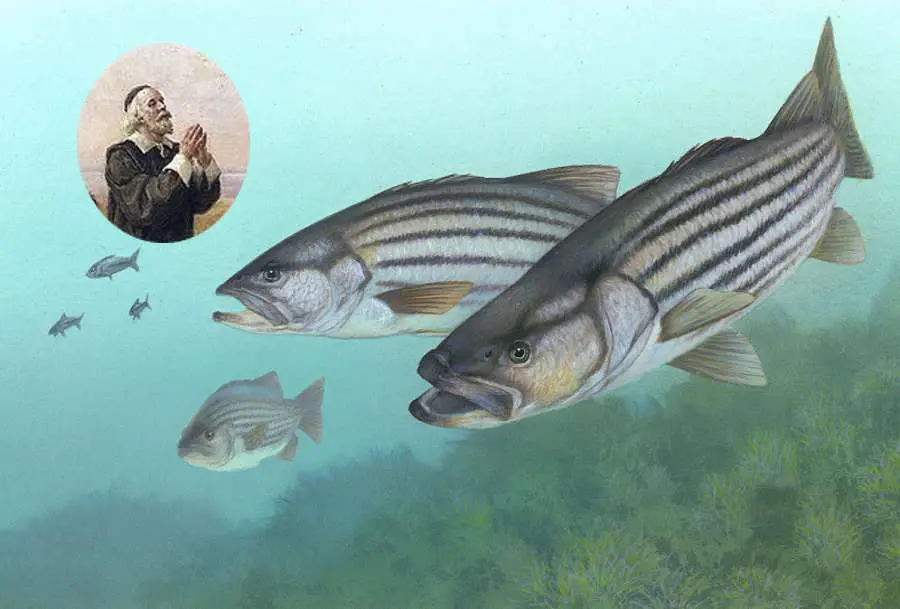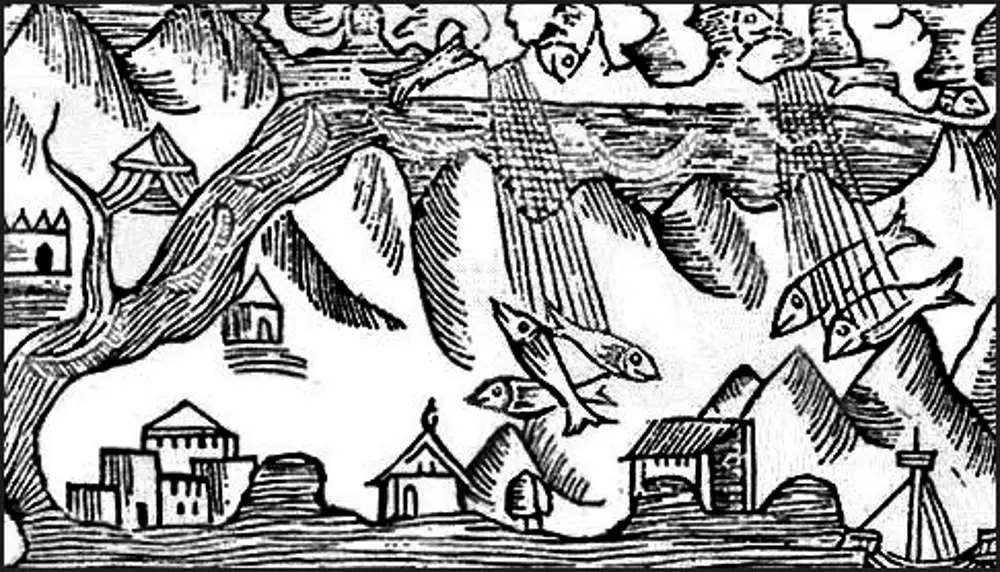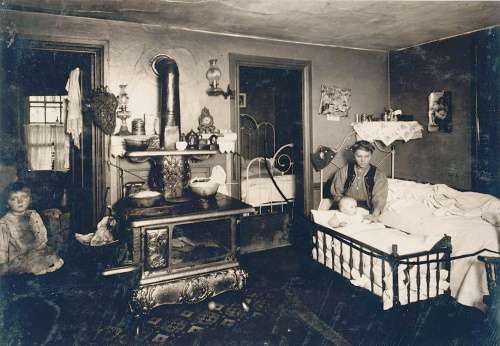When it comes to fish, the striped bass ranks right up there with the cod. It has for centuries. It kept the Pilgrims alive, funded schools and gave wealthy gentlemen an excuse to form posh, men-only fishing clubs.

Striped bass
William Wood, in his 1634 book New England Prospect, called the striped bass “one of the best fishes in the country.”
Fishermen prize them as exciting game fish that generally weigh between 10 and 30 pounds, but can grow as big as 50 or even 100. Stripers never stop growing, and they can live up to 40 years. They also taste good. Some of the best places to fish for stripers include Newport, R.I., and in Massachusetts, Plum Island, Chatham, Bourne and the Cape Cod Canal. In Connecticut, fishermen like Niantic, Waterford and New Haven.

Striper fishing in Rhode Island
Scientists classify the striped bass as anadromous, which means they spawn in fresh water, just like herring and eel, and spend much of their lives in saltwater. Atlantic striped bass begin life in the Hudson, Delaware and Connecticut Rivers and Chesapeake Bay estuaries. They spend their childhood in the lower rivers and bays, then migrate north in the spring to the near-shore ocean from North Carolina to Maine. In the fall, they return to the rivers to begin the cycle all over.
Of course you want to know more. So here are xx fun facts about the striped bass.
1. There used to be lots of striped bass.
They were once amazingly plentiful. Thomas Morton, an early Massachusetts colonist, wrote that the abundant stripers inspired betting.
“Other places have greater quantities in so much, as wagers have bin layed, that one should not throw a stone in the water, but that hee should hit a fish,” he wrote.
2. Natives traded them.
The Wampanoag caught stripers in the first commercial fishery. Well, as far as we can tell they had the first commercial fishery. Plymouth Colony’s second governor, William Bradford, visited a Wampanoag tribe in what is now Raynham, Mass. He saw Native Americans catching striped bass in a fish weir. They’d kill them with arrows and then trade the tasty sea creature with other tribes.
Fishing for stripers is now highly regulated to prevent overfishing. But several state and federal courts have upheld the aboriginal rights of Indian tribes to fish for sustenance. In 1984, a district court judge in Barnstable ruled the Mashpee Wampanoag tribe had the right to fish without a permit.
3. Striped bass fed Plymouth Colony.
For that first Thanksgiving in Plymouth, striped bass was more likely on the menu than turkey. Wood, in his New England’s Prospect, described how the Plymouth colonists had learned to use seines or nets to catch striped bass at high water. When the tide ebbed, they were left on dry ground – sometimes as many as 3,000 at a time. Wood called striped bass “a delicate, fine, fat, taste fish.”

Thanking the lord for ye striper? “The First Thanksgiving at Plymouth” (1914) By Jennie A. Brownscombe
The Pilgrims salted or pickled them for the winter and used them to fertilize their crops. In 1639, the colony banned the use of stripers for fertilizer. The reason? To promote the sale of the fish to the Spanish market. Anyone who fished commercially got a break from duties or taxes for seven years.
Plymouth was trying to compete with the Basque fishermen who caught cod off the North American coast, salted it and sold it in Spain. The settlers pickled striped bass in vinegar for the overseas market — probably because salt was either expensive or scarce. But pickled striper never caught on in Europe. Striped bass did sell in New England, though. In 1670, Plymouth Colony paid for a free school – probably the first public school in America — with lease fees from the striped bass fishery.
4. Fishing for striper was the fashion for rich men.
The pursuit of the striped bass became a thing for exclusive gentlemen’s clubs. To this day, rusted pieces of iron pipe stick out from hand-drilled holes in granite along the shores of Narragansett and Buzzard bays. They are the remnants of fishing stands built right after the Civil War. The iron piping held up long wooden platforms high above the slippery granite rocks from which rich men caught striped bass.
Cuttyhunk in the Elizabeth Islands became the mecca for striper fishermen. It has been described as the Grand Central Station of North Atlantic striped bass fishing. In the 1840s, a fisherman described visiting his bass club on Cuttyhunk: They arrived before lunch and took a couple of striped bass from “that incomparable stand, Bass Rock.” Then they dined on choice viands, wines, and the recital of angling exploits by the members of the club.”
In 1864 a group of millionaires from New York and Philadelphia took a yacht called Theresa to Cuttyhunk. They bought most of the island and had 26 bass stands built. The anglers paid a teenager a dollar to throw lobster tails into the water to attract fish. Members of the club included presidents Teddy Roosevelt and William Howard Taft, according to the Oct. 22, 2004 New York Times.
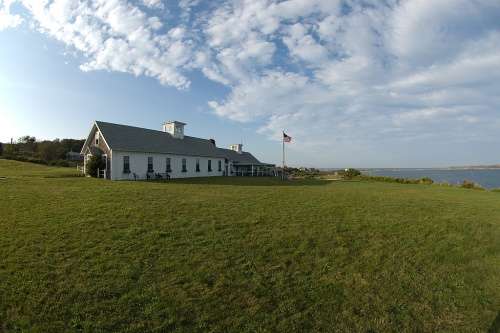
Cuttyhunk Fishing Club today
Another exclusive club, the West Island Club off Fairhaven, had Cornelius Vanderbilt as a member.
Poshest of all was said to be the Pasque Island Club, also in the Elizabeths. John Crosby Brown started it after he grew disenchanted with the Cuttyhunk Bass Club. He bought the entire island in 1869. The island, and the club, stayed in his family until 1923.
5. Striped bass got way too popular.
The striped bass population fell for decades before anyone did anything about it. Sportsmen were catching as many as 87 stripers in one day, but that paled in comparison with the haul from seine nets — according to sportsmen.
In 1921, the son of a wealthy Newport fisherman, George Griswold, mourned the death of striper fishing. “The fishing clubs have been abandoned, the stands have been destroyed by the action of the sea, and the waters are no longer chummed or fished, for the large striped bass have become a tradition of the past,” he wrote. “This has been caused by excessive net fishing.”
6. The government used to listen to fishermen.
In 1870, a Rhode Island legislative committee introduced a bill to outlaw seine and net fishing for fish in Narragansett Bay. Lawmakers asked for actual fishermen’s observations, a practice since abandoned.
“Striped bass have fell off very much,” John D. Swan of Newport, a 62-year-old hook-and-line fisherman, told lawmakers. “There ain’t one-quarter as many as there were twenty years ago. Fifteen years ago it was pretty good fishing. Ten years ago it was less, and has been gradually growing scarcer ever since. Didn’t try for striped bass last year.”
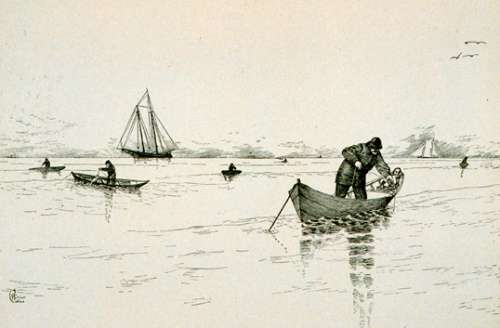
Seventeen years later, George H. Palmer addressed the Committee on Fisheries and Game of the Legislature of Massachusetts.
“He will be a bold fisherman indeed who will dare to come here before you and say that he believes the fish here referred to are as abundant now as formerly, or as they were in 1870,” he said, referring to scup, tautog, striped bass and sea bass. “That such fish have become scarce is notorious,” he said.
But neither legislature did anything to protect the striped bass.
7. But the government didn’t do much for a long time.
Stripers continued to dwindle through the first part of the 20th century.
Some state and local lawmakers for decades tried to prevent overfishing. As early as 1797, Newbury, Mass., banned winter fishing or sale of striped bass from the Parker and Rowley rivers. (In 1931, Newbury allowed the unemployed to capture and sell overwintering stripers.)
In 1882, the Town of Edgartown banned the use of weirs to catch striped bass. The ban lasted only three years.
Finally in 1941, Massachusetts passed a temporary law only allowing hook and line catching of stripers. The commonwealth made the law permanent in 1945.
Around that same time, the 15 Atlantic states formed the Atlantic States Marine Fisheries Commission to monitor and manage coastal fisheries. The result: a roller coaster ride for the striper population.
8. Up and down with the striper stock.
Striped bass came back strong – for a while. During the golden decade of the 1960s, members of a Cape Cod fishing club called the Salties routinely caught 30-, 40- and 50-pound stripers from the beach at night. When Herbie Dickinson caught a 64-pound, 4-ounce bass off Cuttyhunk in the summer of 1964, the news made the Boston Herald.
In the late 1970s the striper population dropped, falling to 5 million in 1982. In 1984, Congress finally did something. It passed the Atlantic Striped Bass Conservation Law, which set size limits for stripers along the entire East Coast. Two years later, a moratorium was placed on all striped bass fishing in Rhode Island, Connecticut and New York.
Five years after the moratorium was lifted in 1990, the ASMFC declared the striper “fully recovered.” Striped bass stocks reached 65 million in 2005. That didn’t last long, however. Stocks began to decline again, due to overfishing, pollution, disease and the disappearance of menhaden. In 2019, the commission declared the striper “overfished.”
* * *
Now available in paperback. Click here to order your copy from Amazon.
With thanks to Charlie Soares, Striped Bass Stands of New England, On the Water, Jan. 28, 2020; Paul Schneider, The Enduring Shore, and Gary Nelson, Historical Review of Commercial Fishery Regulations for Striped Bass (Morone saxatilis Walbaum) in Massachusetts, Northeastern Naturalist, 2018. This story was updated in 2023.
Images: Striper fishing in Rhode Island By Charlesbuffone – Own work, CC BY-SA 3.0, https://commons.wikimedia.org/w/index.php?curid=30657003.
